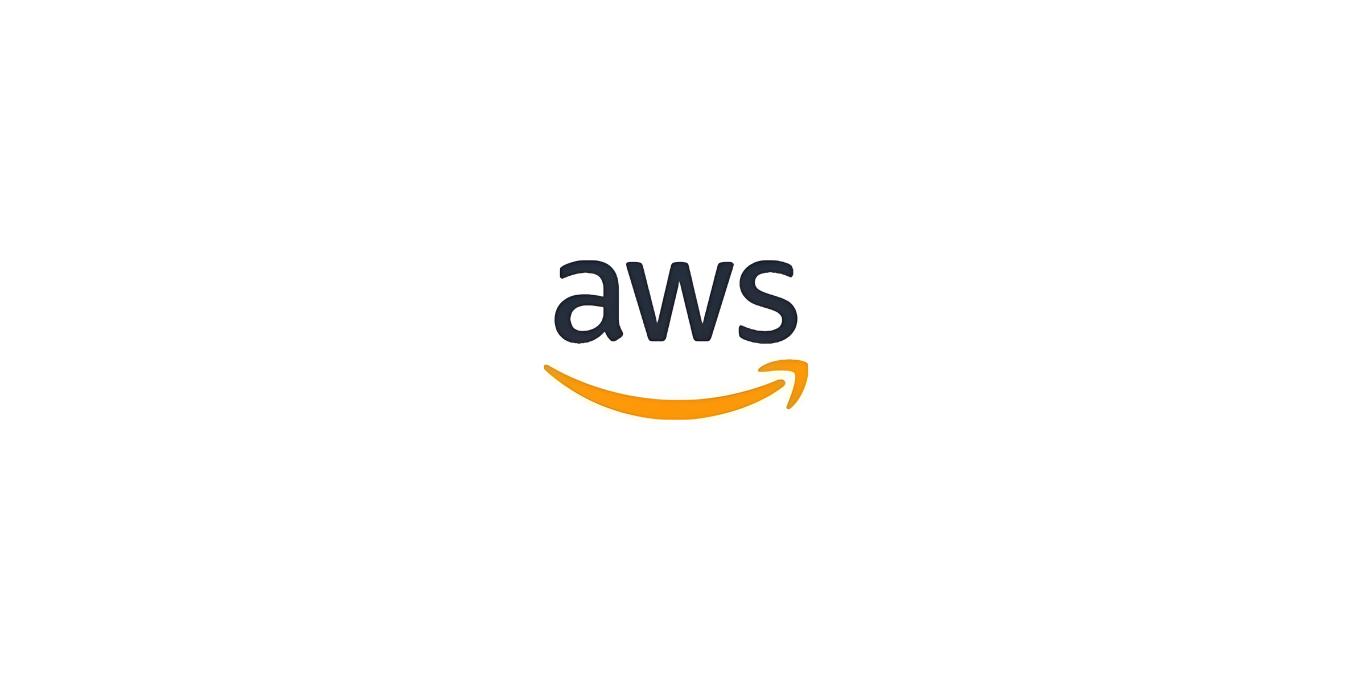
On August 7, 2025, Amazon Web Services (AWS) announced a $100 million additional investment in its Generative AI Technology Innovation Center and the launch of the Generative AI Partner Innovation Alliance. This move is not an isolated event but a continuation of its strategic following the $4 billion strategic investment in Anthropic in 2024. From a technical architecture perspective, AWS is building a three-tier pyramid system of "computing power foundation—model platform—industry applications": the bottom layer relies on self-developed Trainium, Inferentia chips, and NVIDIA G200 to build a hybrid computing power pool; the middle layer integrates over 20 foundation models such as Claude 3 and Llama 3 through Amazon Bedrock; and the upper layer offers out-of-the-box industry solutions like Amazon Q.
The core of this architectural design lies in addressing three major pain points in enterprise-level AI implementation. First, regarding computing power costs, AWS has reduced inference costs by more than 30% through its hybrid architecture. Second, to tackle the dilemma of model selection, the Bedrock platform allows customers to flexibly call combinations of open-source and closed-source models based on specific scenarios. Third, in response to data compliance needs, the Guardrails feature enables real-time monitoring of the compliance of generated content. For instance, in the healthcare industry, customers can use Claude 3 on Bedrock to process patient medical records while leveraging Guardrails to filter sensitive information, ensuring compliance with HIPAA standards.
The newly established Partner Innovation Alliance brings together global top system integrators such as Accenture, Deloitte, and TCS, and its strategic significance goes far beyond traditional cooperation models. Alliance members not only gain priority access to AWS's AI technical resources but also deeply participate in the entire lifecycle from demand definition to large-scale deployment. For example, Accenture has developed 12 industry accelerators that can complete the migration from proof-of-concept to production environment within two weeks. This "technology + services" bundling model is essentially reshaping the value distribution chain in the cloud computing era.
For enterprise customers, the "turnkey" solutions provided by the alliance are transformative. In the manufacturing sector, for example, through AWS's industrial IoT platform and Claude 3's multimodal capabilities, enterprises can achieve full-process intelligence from product design optimization to supply chain forecasting. A certain automaker shortened its new car development cycle by 22% and reduced material waste by 15% using this solution. Such end-to-end efficiency improvements have transformed generative AI from a laboratory-based proof-of-concept into quantifiable business value.
Against the backdrop of the global generative AI market exceeding $13.8 billion in scale, AWS's move is rewriting the rules of the game. Compared with Microsoft Azure, AWS's differentiated advantages lie in three dimensions: first, model diversity—Bedrock supports 2.3 times more models than Azure OpenAI Service; second, cost control—its inference costs are 28% lower than Google Cloud due to self-developed chips and hybrid architecture; third, industry expertise—with over 300 successful cases accumulated in vertical fields such as healthcare and finance.
What is more noteworthy is that AWS is driving generative AI to evolve from the tool layer to the decision-making layer. Its launched agent framework allows enterprises to build AI systems that can autonomously execute complex tasks. For example, a financial institution achieved full-process automation of loan approval using this technology, increasing processing efficiency by 400% and reducing error rates to 0.3%. This technological leap has enabled AWS to take the lead in entering the deep waters of "AI-driven business restructuring" in the competition with Microsoft and Google.
For enterprise customers, AWS's strategic layout has brought about three major paradigm shifts. First is the restructuring of cost structures. Through the on-demand model subscription system, enterprises no longer need to invest millions of dollars in building their own model training clusters. After adopting Bedrock, a retail enterprise reduced its AI R&D costs by 75% while accelerating model iteration speed by 3 times. Second is the elimination of technical barriers. The industry templates provided by the Partner Alliance enable non-technical personnel to quickly build AI applications. A consumer goods company improved the efficiency of marketing copy creation by 80% using a pre-trained product description generation model. Third is the upgrading of compliance systems. The combination of Guardrails and SynthID technologies provides full-link traceability for generated content. A pharmaceutical enterprise shortened the compliance review time of clinical trial reports from 2 weeks to 8 hours using this solution.
The essence of this paradigm revolution is transforming generative AI from a "technical luxury" into a "business necessity." According to research by Menlo Ventures, 72% of enterprises plan to expand the scale of generative AI applications in the next 12 months, and AWS's solutions are becoming the core driving force behind this trend.
In the global race for generative AI, AWS's ultimate goal is to build an "AI operating system." By integrating Bedrock's model marketplace, SageMaker's development platform, Amazon Q's industry applications, and the service network of the Partner Alliance, AWS is creating an ecological closed loop covering the entire technical stack and business domain. A direct manifestation of this ecological advantage is the exponential growth of customer stickiness—in Q2 2025, the renewal rate of AWS's generative AI services reached 92%, far exceeding the industry average of 78%.
While Microsoft is still anxious about the 8% revenue share of its Azure AI business, AWS has established insurmountable competitive barriers through ecological layout. As generative AI shifts from technological innovation to commercial penetration, the key to winning this race will no longer be the performance parameters of a single model but who can faster build a "technology-service-business" positive cycle. From this perspective, AWS's $100 million additional investment may just be the prologue to its trillion-dollar AI empire journey.

Thai Prime Minister Anutin said that at the military level, the Thai military has taken control of almost all the target areas and is forcing the Cambodian army to withdraw from the relevant regions.
Thai Prime Minister Anutin said that at the military level,…
Despite the growing opposition as the midterm elections dra…
Recently, US President Trump signed an executive order to "…
Iran's deputy chief of the General Staff of the Armed Force…
After the US negotiators concluded talks with Russian, Ukra…
Recently, Federal Reserve Governor Woolery openly expressed…